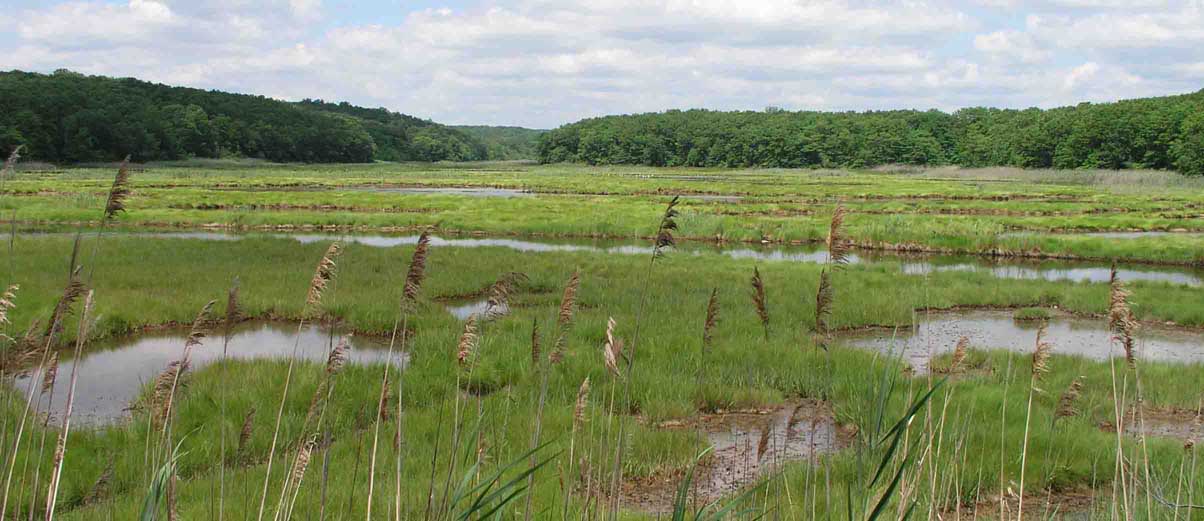Study: What hurricanes do to valuable salt marshes

Image: Joan Grant
Digital Reporter
Tuesday, January 12, 2016, 3:26 PM - New research suggests that major hurricane events, though devastating to humans, don't really have much of an effect on salt marshes.
A study from Boston University found that the valuable coastal ecosystems are more at risk of erosion by waves from moderate storms than they are from full-fledged tropical storms like Hurricane Sandy.
In fact, in eight different marshes studied in the United States, Italy and Australia, extreme storm events accounted for less than one per cent of erosion.
"Salt marshes survive for thousands of years, which means they know how to cope against hurricane waves,” Sergio Fagherazzi, one of the paper's co-authors, said in a release from Boston University, adding: "Beaches or dunes on a beach just collapse all at once ... marshes don’t, which is a major advantage if you are serious about using them for hazard mitigation and coast protection."

"Bride-Brook-Salt-Marsh-s" by Alex756 - en.wikipedia.org. Licensed under CC BY-SA 3.0 via Commons.
The knowledge of what ongoing moderate wave action does to salt marshes will be valuable to planners and conservationists. Salt marshes are in retreat in many locations worldwide, not just from regular erosion, but higher sea levels and changes in land use.
Canada is home to some salt marshes, most notably in the Maritimes.
Dr. Jeff Ollerhead, a geography and environment professor and dean of science at Mount Allison University in New Brunswick, told The Weather Network that marshes on the Bay of Fundy are relatively healthy, but many on the Atlantic and Northumberland Strait coasts are degrading.
He agrees that hurricanes don't have much of an impact on the marshes' resilience, and the ecosystems even ride out rising sea levels with some success.
"In itself, rising sea levels aren't going to cause the marshes to disappear," Ollerhead says. "As long as the marshes have some place to migrate to, have some place to go, they'll be maintained, they'll be fine."

And therein lies the problem: Ollerhead says human activity is putting more pressure on the marshes, and they typically occupy only around 15 per cent of their area before European settlers built an extensive network of dikes. Diking, Ollerhead says, limits a marsh's ability to move with the sea levels, essentially forcing it to "just sit there and drown."
Aside from being a valuable wildlife habitat, marshes are a boon for coastline protection, acting as living shorelines evolving with climate change and sea level rise, cheaper and easier to maintain than man-made barriers.
Ollerhead says Atlantic Canada has been somewhat slow to take widespread action on salt marsh restoration, aside from a handful of controlled dike breaches, and says the region would benefit greatly if it would embrace the marshes' natural benefits.
"Otherwise, we're going to spend ever increasing amounts of money trying to keep the shoreline exactly where it is and exactly in the state that it is, and that's going to be increasingly expensive and increasingly futile," Ollerhead says.
SOURCE: Boston University/Futurity



